
One of the most important lessons I’ve learned in over 40 years of speaking is that no matter how good your content and your speaking skills, poor platform mechanics can wreck your presentation.
So, what do I mean by Platform Mechanics?
In simple terms, this means everything about your speech except the content. So that includes the layout of the meeting room, the stage set up and all the Audio Visual equipment, the microphones, sound system, slides, lights, video, audience microphones, flip charts and props.
It also includes all the team involved in making the event a success - the meeting planner, the facilitator, your introduction and the technical crew. And don’t forget the myriad of other factors that can make or break your presentation, such as the room temperature, timings, extraneous noises and other interferences.
The challenge for us as speakers is that often we have no control over these factors.
The worst experience of my life as a speaker happened about 30 years ago.
I was organising a product launch and conference for a client at Wembley Conference Centre. It was all very high tech - lots of money spent on pyrotechnics, light shows and online demonstrations - we used a top AV company, and I was both speaking and facilitating.
Have you ever heard of Murphy’s Law - Anything that can go wrong, will go wrong? It would take me too long to recount the entire story, but it started with a major crash near the conference centre, which brought traffic to a standstill. At the scheduled start time, we had just 100 people seated instead of the expected 500 or more.
When we finally got started, we suffered one technical failure after another. I had to deliver my entire keynote presentation without slides while tech staff worked on stage to fix the problem in time for the next speakers. At the same time, latecomers continued to arrive throughout and to top it all, maintenance engineers started hammering on the roof.
Things go wrong - and as far as possible, as speakers, we have to try to keep the show going. Sometimes we have to pause, make a joke, even apologise for an interruption - but the show must go on.
Most of those problems were out of my control, but it was me on stage, and therefore it was up to me to do my best to keep things going. So here are a few tips to help you be better prepared and avoid some of the more common challenges.
Plan Ahead
I like to have a pre-event meeting with my clients in plenty of time, where I can check out the basic platform mechanics. I want some indication in advance of all the items below. I want to make sure that I have prepared my presentation to take advantage of the event and the venue.
What is the size of the audience, and how will they be seated? What AV equipment, especially what microphones, will be available? Do they want intro music, or who will introduce me? Don't wait until the day to find this out -you need to prepare your presentation, knowing the challenges you will face.
Get there early
The golden rule of Platform Mechanics is to get there early. The more complex the event, the earlier you need to be there. If there is any risk of traffic delays, plan for that in advance. Better to be hanging around for a couple of hours than sitting in a traffic jam with the meeting planner panicking. Even though you asked in advance, nothing is ever entirely as expected.
For the meeting planner, this is a big project - they have been planning it for months, and it’s costing a huge amount of money. It may be their annual showcase event, and they want everything to go well, so give yourself plenty of time to meet and talk to them and help them to know that you are one part of the event they don’t have to stress about.
You are part of a team
Even though you’re hired in for the event, you are part of a team. As the keynote speaker, you’re not the star of the show; you’re part of an event, and you depend on all the other members of the team to get your part right.
Introduction
I’ve had some awful introductions in my time, so I have learned that it really is best for me to decide how I want to be introduced. I always make myself known to the facilitator or conference chair as soon as possible and make sure that they have a copy of my prepared introduction. I get that to them well in advance but also have one with me on the day as well. Introductions need to be short - 30 seconds to minute that tells the audience
- Who we are,
- Why we are speaking and
- How they’ll benefit from hearing our speech.
The AV Team
Next, it is really important to get to know the AV team. I always introduce myself and get their names. They are professionals, so I have found it is best not to make demands but to work with them. They’ll need to do a sound check to make sure they have the right levels set for your voice, but you also need to check things.
Microphones
I once arrived to find only a handheld mic available. I’d never used one before, and I had to practice with it for 10 minutes. A lot of event organisers now use headset mics rather than lapel mics. Now, especially for women, how does that work with your hairstyle, and with all radio mics, where do you clip on the transmitter? If you are wearing loose clothing or a dress that can be challenging.
Stage and Lighting
You also need to really check out the stage and the lighting. There is nothing more distracting for the audience than a squeaky spot on a stage that you keep going back to. If there’s a problem, mention it to the AV team and see if anything can be done.
If you’ve delivered or watched a TEDx talk, you’ll know that there’s a red carpet on the stage - that's not just for show. All the lighting and cameras are often set to record the speaker in that area - move off the red carpet - and you move into darkness. Even if the show is not being recorded, you need to stay in the light.
What do you do if the conference set is designed for the speakers to use the lectern? I like to move around a lot. It’s really important to let the meeting planner know well in advance how we work. If you normally move around or come off stage to engage with the audience, can that be facilitated?
Often things just can’t be changed, which is another reason for getting there early. Take the time to walk the stage and consider what effect this set-up will have on your presentation. Sometimes you’ll need to be seen on large screens, so you must stay in the lighted areas where the cameras can record you. I also find it’s a good idea to sit in a few different places around the room to see what the event looks like from different positions - for example, if you come off the stage, can people at the back still see you?
Talk to the AV team about what you plan to do or would like to do, and work with them - that way, they can plan ahead and may be able to suggest ideas to get around any challenges.
Slides
I’m not going to deal with the pros and cons of creating and using slides - that’s a topic for a separate video. However, if you use slides there are some platform mechanics issues beyond the obvious good slide design.
First don’t ever assume that your slides are OK. What can go wrong?
- If you are using your laptop, it may not communicate with the client’s projector
- The client may not let you plug your memory stick into their computer because of virus risks
- Presentations sent by email can get corrupted, or you may have sent the wrong draft.
- The client's computer may change your slide formatting - especially colours, font sizes and animations
- Your slide format may not work with the client's template
I have lost count of the number of times I have had a complete failure of technology and had to deliver my presentation without slides. It doesn’t matter whose fault the tech problem is - if you fail to speak it is your reputation that is damaged.
Always, always do a quick full run-through of your presentation at the venue before your speech.
Room layout
Room layout is a topic that really deserves an article of its own but here are a few suggestions that may help.
Most events in my experience are set up either theatre style or cabaret style. Occasionally, I arrive to find a boardroom or horseshoe set up - sometimes a classroom or lecture theatre with steeply tiered seating.
There have been a few more unusual set ups - I have spoken on an outdoor stage to a field full of people, in the atrium of a three tier shopping centre, in a chapel with tiers seats on either side of me, in the round with the audience all around me and in a bar on a cruise ship.
If you are the only speaker, you may be able to request a preferred set-up, but generally, I have found that we have to adapt to the demands of the venue. Make sure you understand the set-up before the event, but still be prepared to be flexible.
Timing
I don’t think I need to remind you that keeping to time is a given, but actually you have to go beyond that.
The audience, in my experience, is always watching the clock. It doesn't matter how good your speech is - if the audience is supposed to be having coffee, or lunch, or leaving, or heading for the bar, and you’re still speaking, they are not listening to you anymore.
If the meeting is running late, and you insist on taking your full time, neither the audience nor the meeting planner will thank you.
Be flexible - Every speech can be cut without losing the essential message, and no one knows what you were going to say - so make it a rule to do your best to finish on time, even if you start late.
You and your message are the centre of attention
Your goal as a speaker is to make sure that you and your message become the centre of attention. The stuff going on around you should support you, not be a distraction.
If the audience can’t see or hear you properly, they are not going to remember your speech. Creaky stage, out of focus slides, crackly audio, room too hot, running late - these are all things you can manage as long as you are aware of the importance of Platform Mechanics.
Ready to transform your message—and your confidence?
If you’re looking to elevate your impact as a speaker—whether you’re leading a conference, stepping onto a trade show stage, or preparing for your first TEDx—Rikki Arundel and the Speakers Ecademy are here to help. With over 40 years of experience, including multiple TEDx talks and a Lifetime Achievement Award for speaking, Rikki brings a unique blend of performance coaching, technical insight, and storytelling magic to every session. Through inspiring keynotes, one-to-one coaching, and the online Speakers Ecademy platform, you’ll learn how to craft unforgettable talks, engage any audience, and master the real-world challenges of modern speaking.
#PublicSpeaking #PlatformMechanics #SpeakingTips #EventSpeaking #SpeakerTraining #KeynoteSpeaker #SpeakersEcademy #RikkiArundel #AVFails #ConferenceTips



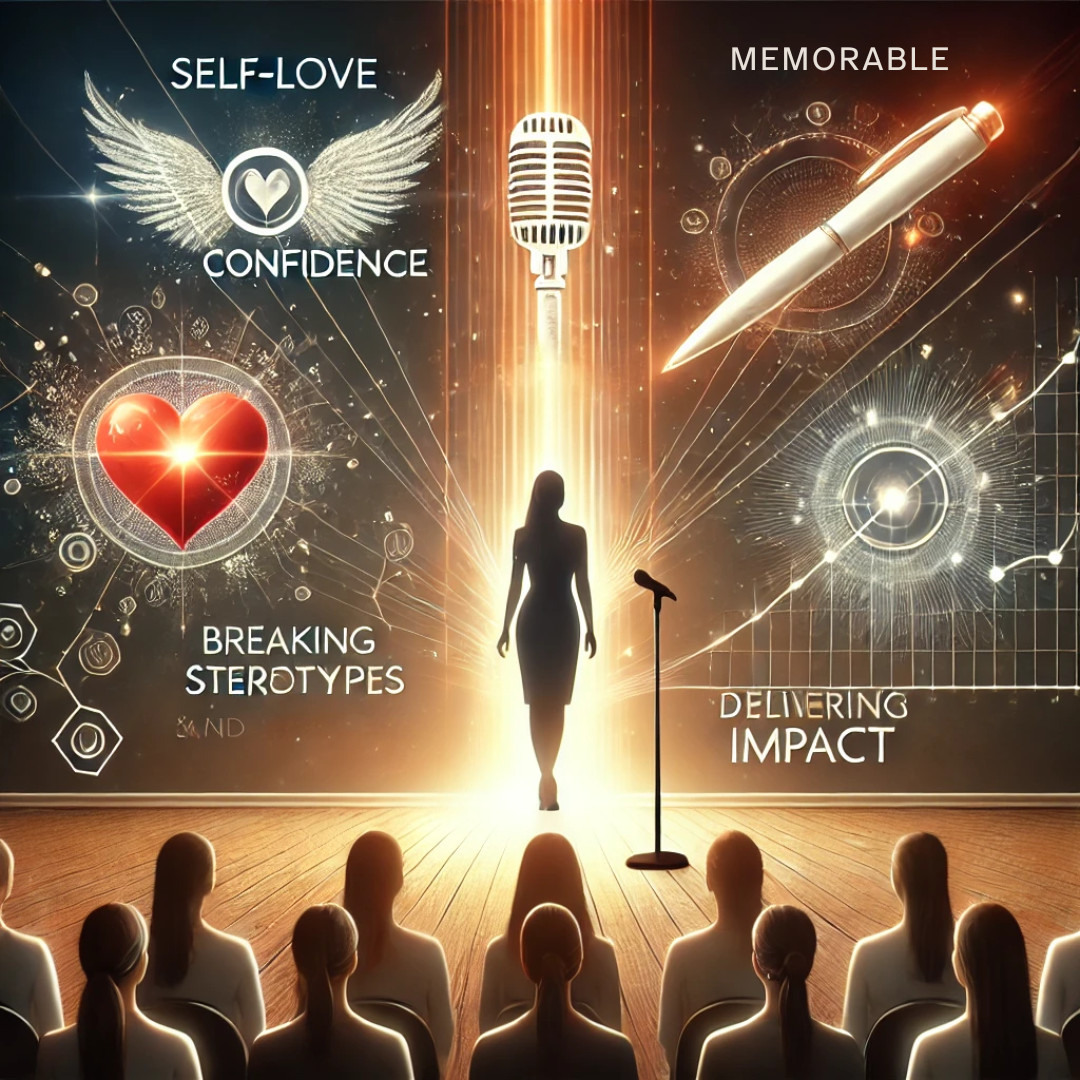
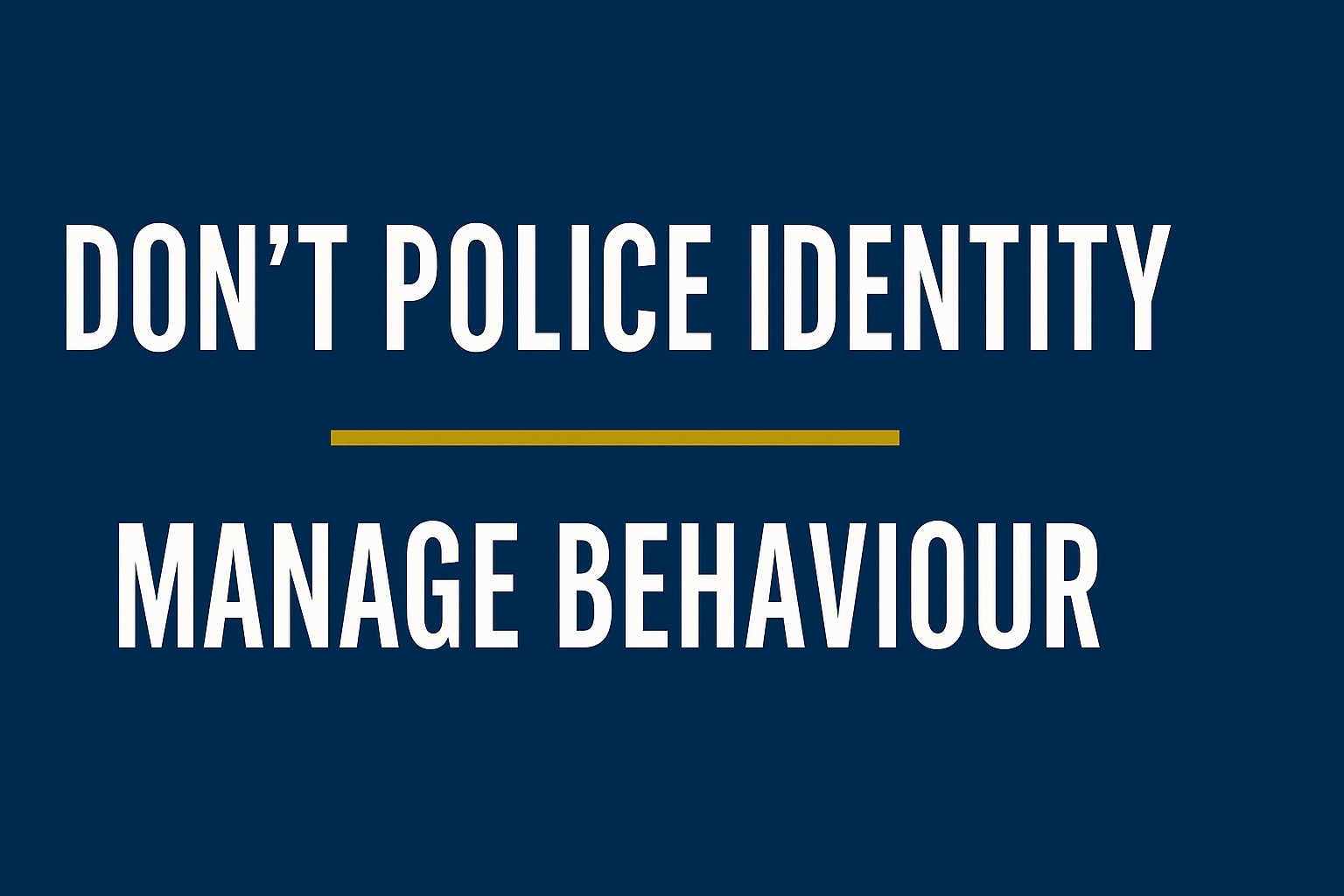
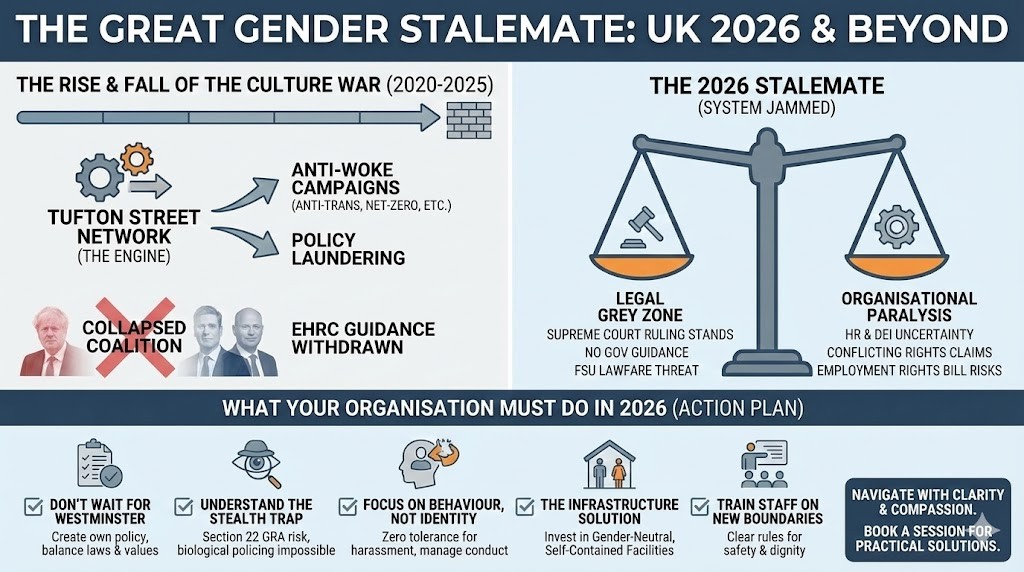




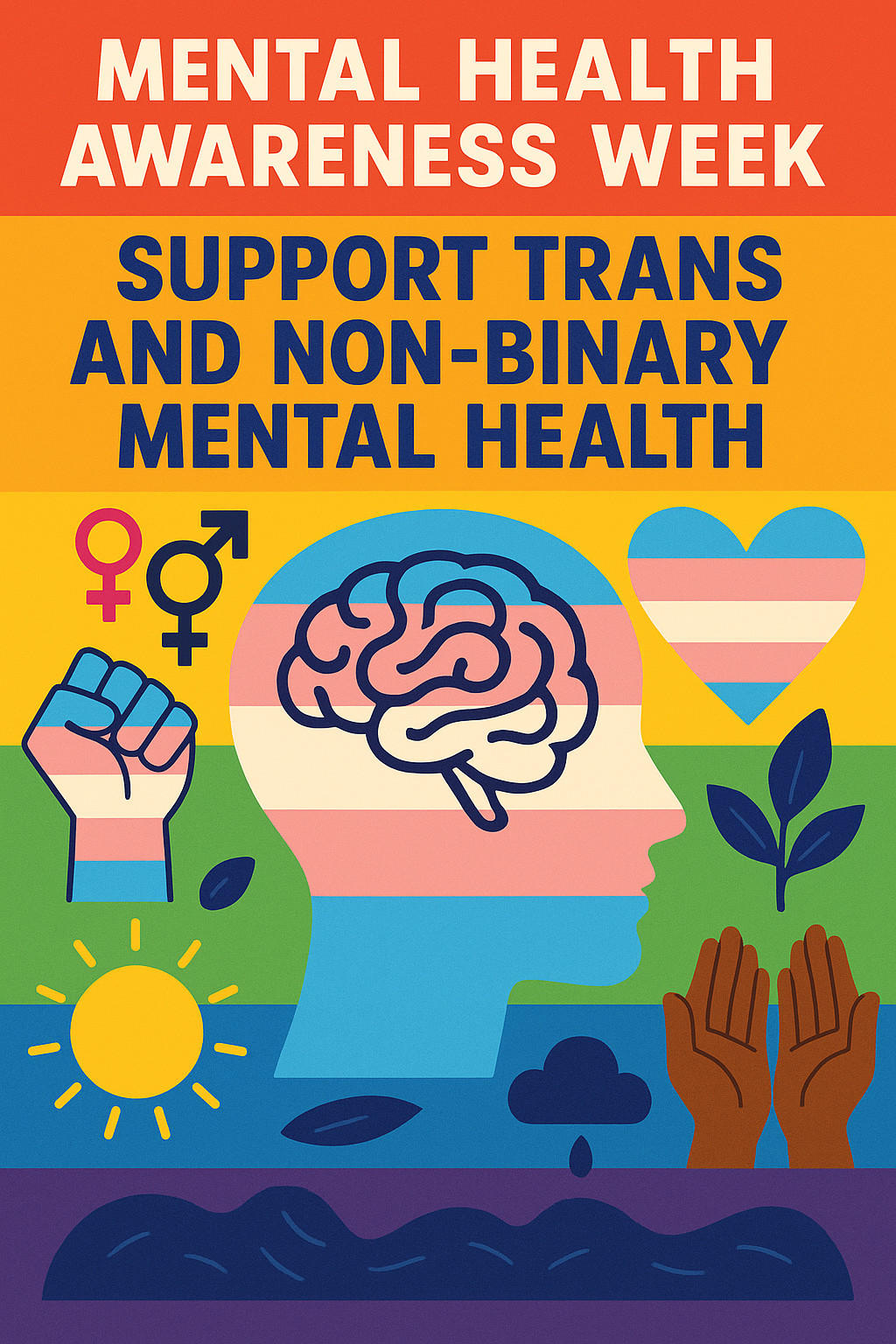







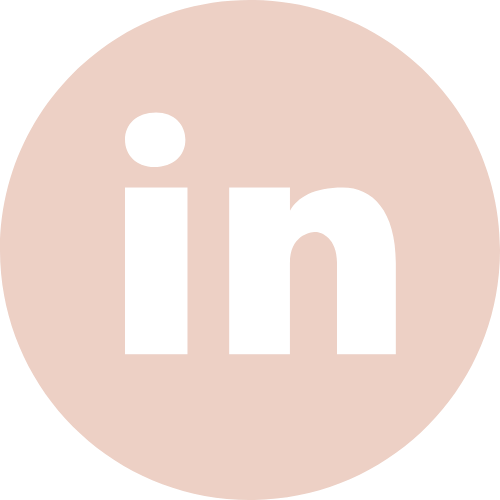
0 Comments